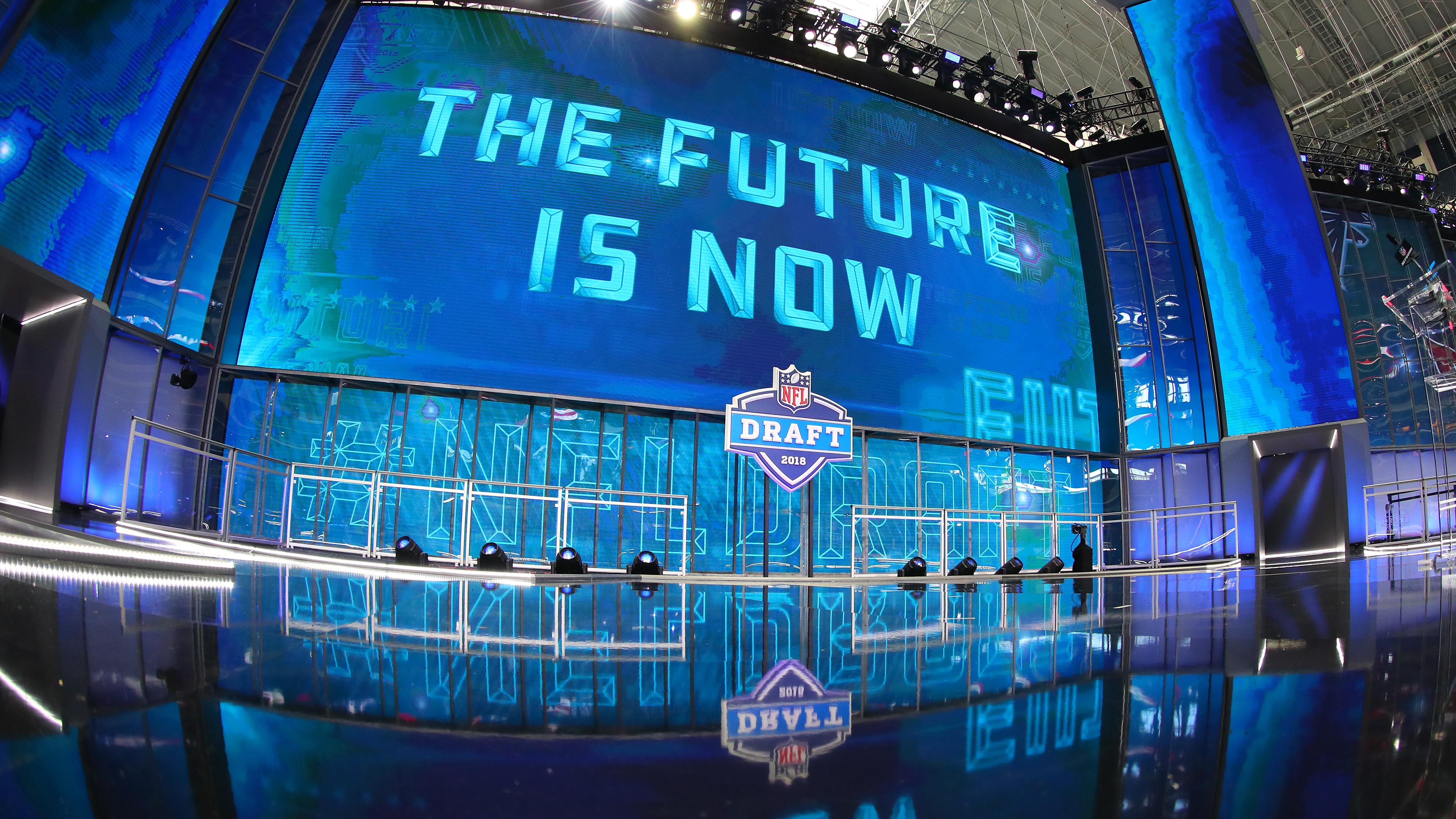The Bears’ defense proved to be a stout bunch through the first eight games of 2017, with major contributions coming from every unit within it. But there’s one play that stands out when evaluating just how good Vic Fangio’s group has been this year:
Midway through the third quarter of the Bears’ 17-3 win over Carolina on Oct. 22, the Panthers lined up to try to convert a fourth-and-two at the Bears’ 25-yard line. This was a pivotal point in the game: Carolina was down, 17-3, but was driving after 10 plays covering 51 yards. A first down could’ve begat a touchdown, which would’ve changed the entire complexion of a game in which the Bears were struggling to mount anything offensively.
So the Panthers called for a bread-and-butter play: QB power, with Cam Newton running behind the right side of his offensive line as well as a running back and a tight end. The 6-foot-6, 260 pound Newton is averaging 3.8 yards per carry on third/fourth-and-short downs in his career; only 28 of his 133 attempts (21 percent) in those situations have not gone for first downs. This was one of them, and it had everything to do with how good the Bears' defense -- specifically Akiem Hicks and Eddie Goldman -- played the call.
Stay in the game with the latest updates on your beloved Chicago sports teams! Sign up here for our All Access Daily newsletter.
This is right as Newton received the snap. Goldman is the blue arrow, blocked by right guard Trai Turner (70). Hicks is in the red circle and immediately draws a double team of tackle Daryl Williams (60) and tight end Ed Dickson (84). Leonard Floyd is the yellow arrow, coming from the edge, with running back Jonathan Stewart (28) identifying his rush.
Goldman (blue arrow) quickly beats Turner to his inside shoulder, while Hicks takes on the double team and Floyd is met by Stewart. Danny Trevathan (black arrow) doesn't over-pursue and stays on his assignment.
NFL
Goldman is free of Turner, Hicks doesn't give ground against the double team and Floyd beats Stewart to his outside shoulder. The play is quickly blowing up for Carolina.
The purple circle is where Turner wound up after being beat by Goldman, who's ready to meet Newton at the 26-yard line. Carolina had to get to the Bears' 23-yard line to convert a first down. Floyd, too, now has an opportunity to get to Newton, even after Stewart gets his hands on him. And there's nowhere for Newton to push forward because Hicks proved to be immovable.
Scene. Goldman (1) is credited with the tackle, but Floyd (2) is contributing. Adrian Amos (3), Trevathan (4) and Hicks (5) make sure there's no chance Newton can power his way forward for two yards. It officially goes as a one-yard gain and a turnover on downs.
Here's how defensive line coach Jay Rodgers explained the play:
“(Goldman) was playing a left side shade,” Rodgers said. “Their right guard blocked down on him, he recognized the key read right there and knocked that guy back. He’s supposed to fit on the right side of that guard, but here comes Cam to the left side of that guard, he just gets rid of them and go makes the play. Now, that doesn’t happen unless Akiem anchors the double-team, and that’s what he had to do first. So those are two guys who are playing off of each other right there in a positive way.”
Here’s what Hicks saw on it:
“It was a heavy set to our side,” Hicks said. “Then they pull the guard from the back side, they take the running back through the hole and then they send Cam last, so it’s just a lot of meat coming through one area. I would say that’s a great play for their offense. That wasn’t the only time that they ran it, but we did a great job of shutting it down. Taking on those first two blocks that I did allowed guys to come around the sides and stop him before he got to the first down.”
The point here: The Carolina Panthers, a 6-3 team with a good chance of making the playoffs, ran one of its most effective offensive plays in a high-leverage situation, and the Bears stopped it. This was Carolina's best against the Bears' best. The Bears won. And that's what Fangio's defense can do.







